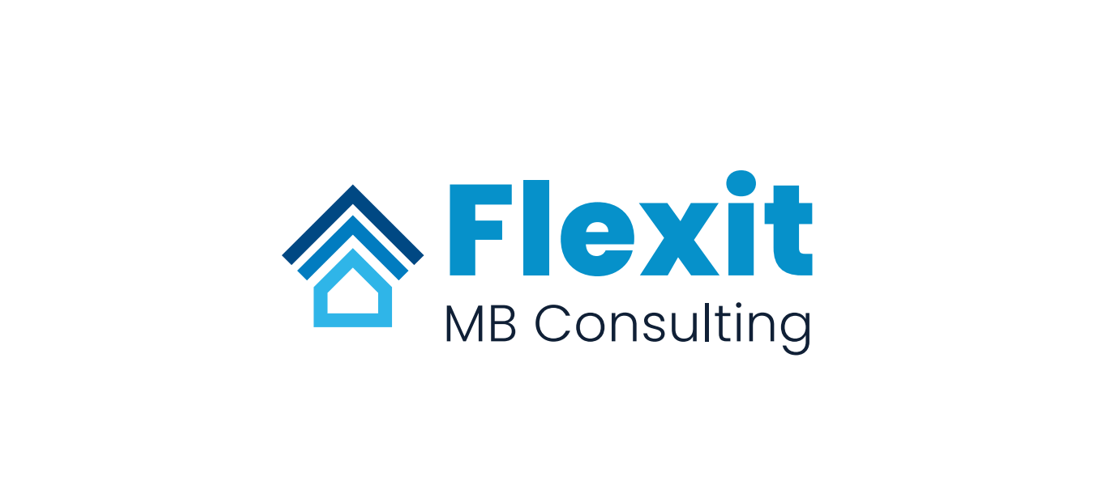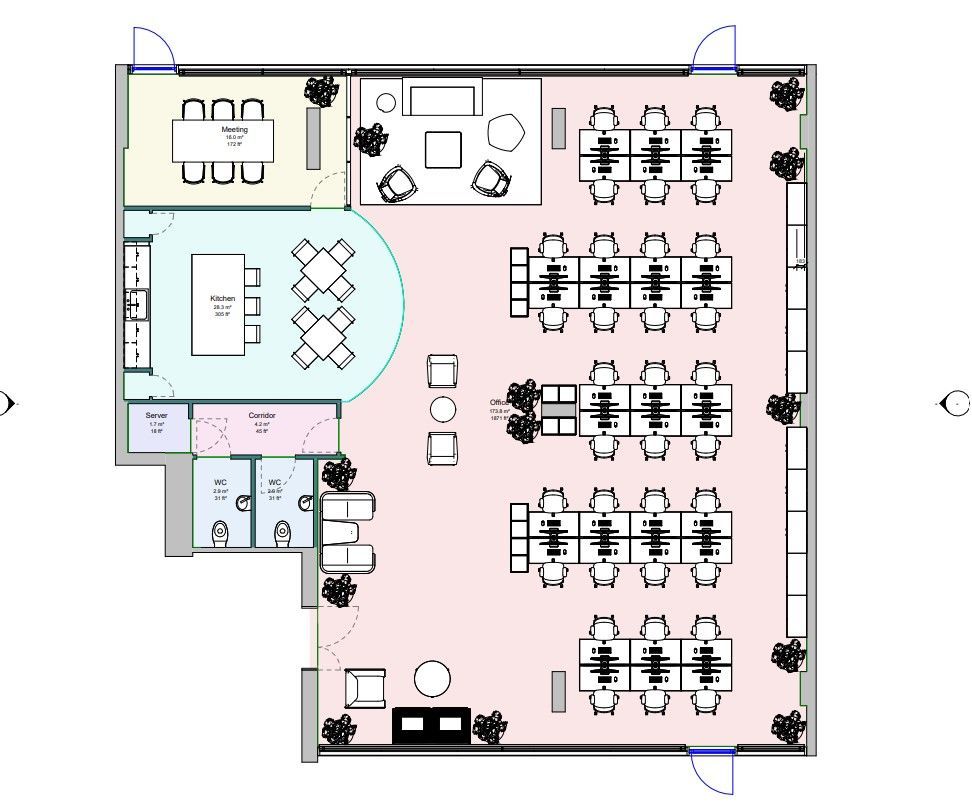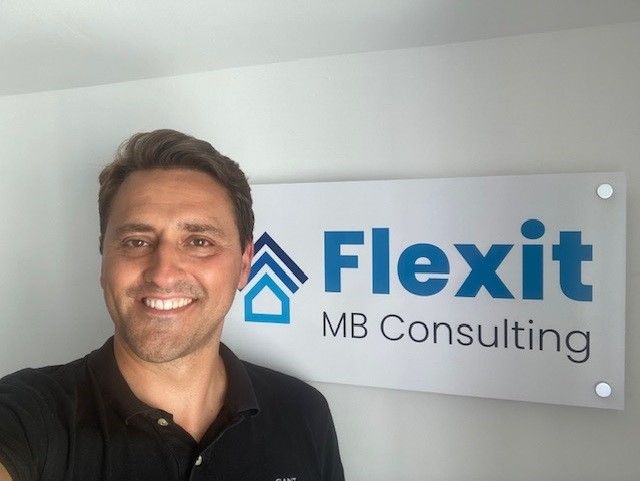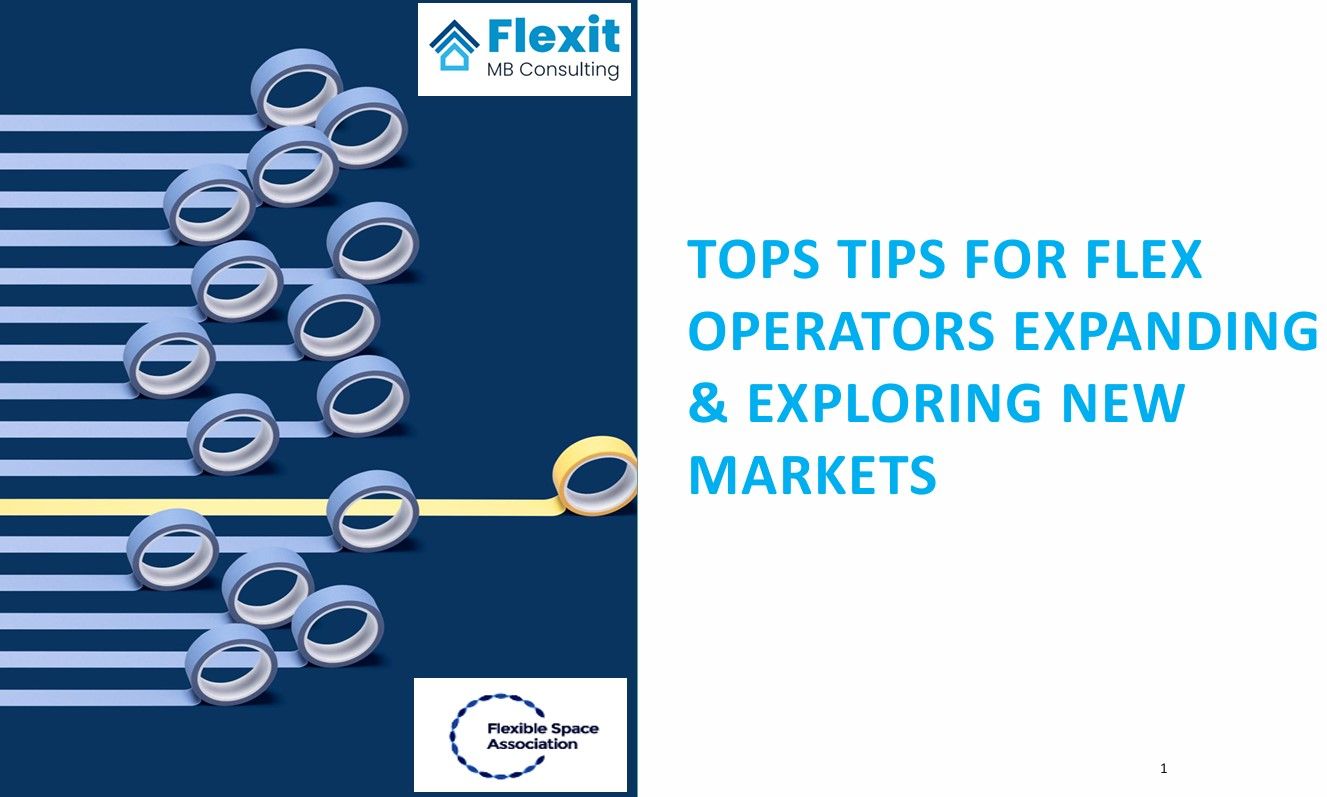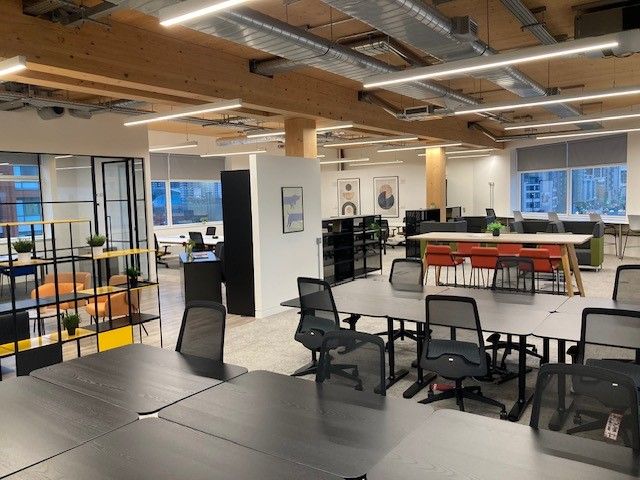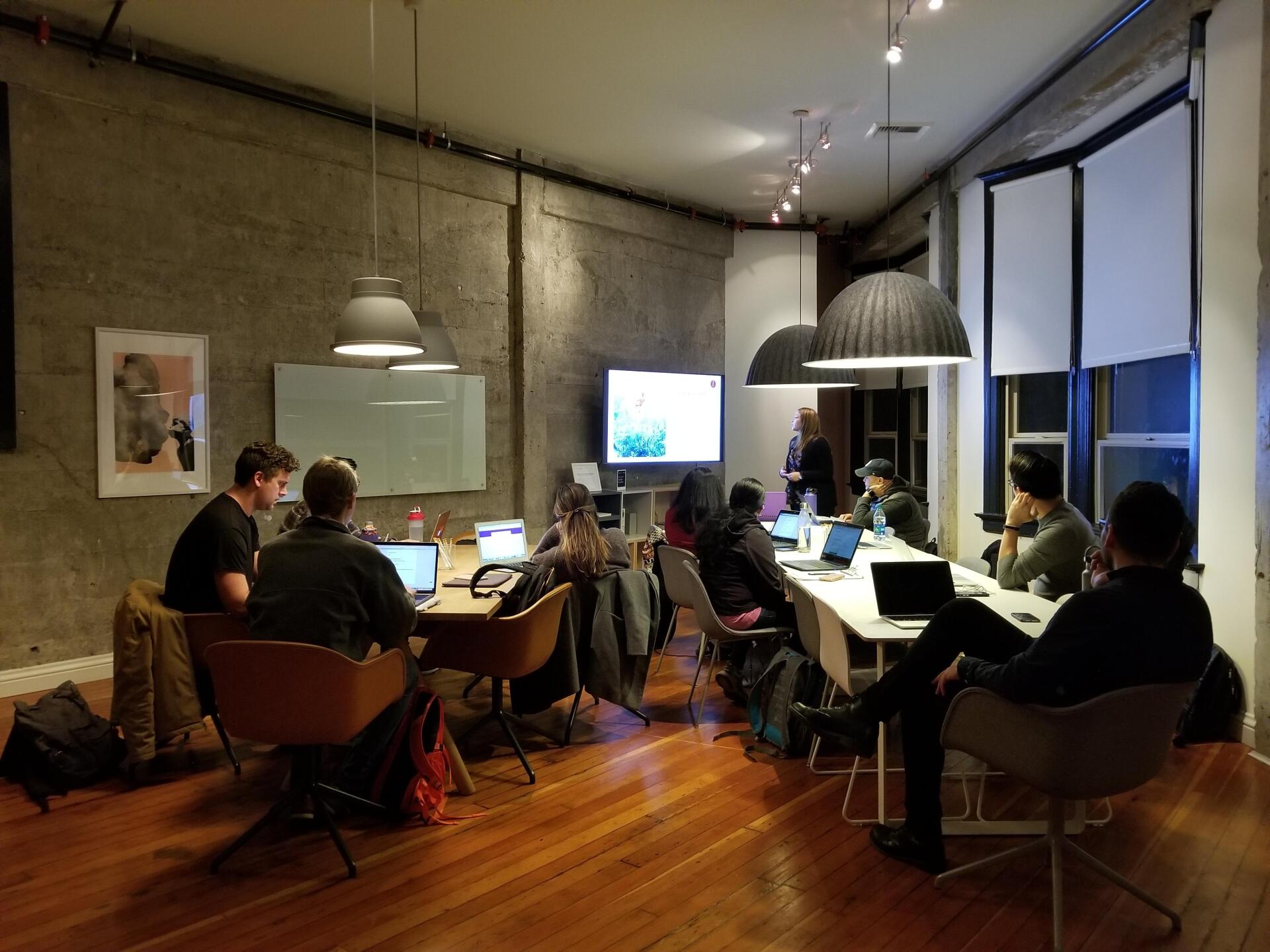What's Driving Traditional Landlords Towards Flex?
An Institutional Leasing Model Is Forced To Flex
Flexible working agreements are continuing to be increasingly popular with office workers in the UK, with economic, technological, and social trends encouraging this development to grow.
As direct result, the traditional long stay leasing agreement for SME's and Corporates is losing its appeal, as the cost benefits are being outstripped by emerging trends & global economic influences.
Flexible working trends
· Four Day Working Week – There is clearly a growing trend of the ‘four-day week’ being introduced in UK businesses
· Remote & home Working
· Flexible hours
· Unlimited holiday (and maternity/Paternity leave)
· Flexible Dress Codes
· Sabbaticals or extended vacations
· Office sharing schemes and desk hire app’s (Short stay & PAYG)
Economic factors
The Bank of England warns of longest recession in 100 years, with the recession now expected to last until the middle of 2024. With that the uncertainty could persist for years, not quarters, and that employers will continue to prioritize flexibility, as they look to determine when, where, and how employees will utilise office space going forward.
As void rates grow in the traditional commercial leasing sector, more and more CRE owners are looking at flexible working solutions to fill space. In recent years that has taken the form of Management Agreements, direct Leasing to established Flex Providers, Profit Share arrangements and now Landlord Operated Spaces or Brandlord's, as they are being called.
Time to Flex?
Forecasts are predicting that almost a 1/4 of all office space will be catergorised as 'Flex' by end of the decade. Typically, the ROI on a flex model should yield around 25-30% compared to traditional office leasing portfolio.
It's good advice to therefore consult with a 'flex expert consultancy' to assess your portfolio and local market demand. They will be able to advise on the best operating models for you, support your business planning requirements, introduce you to specialist flex providers (for vital infrastructure and equipment needs) and support you on how and where to market your new flex offering.
For more information on Flex models and how to create a flexible working product, check out our other blogs/articles or get in touch.
